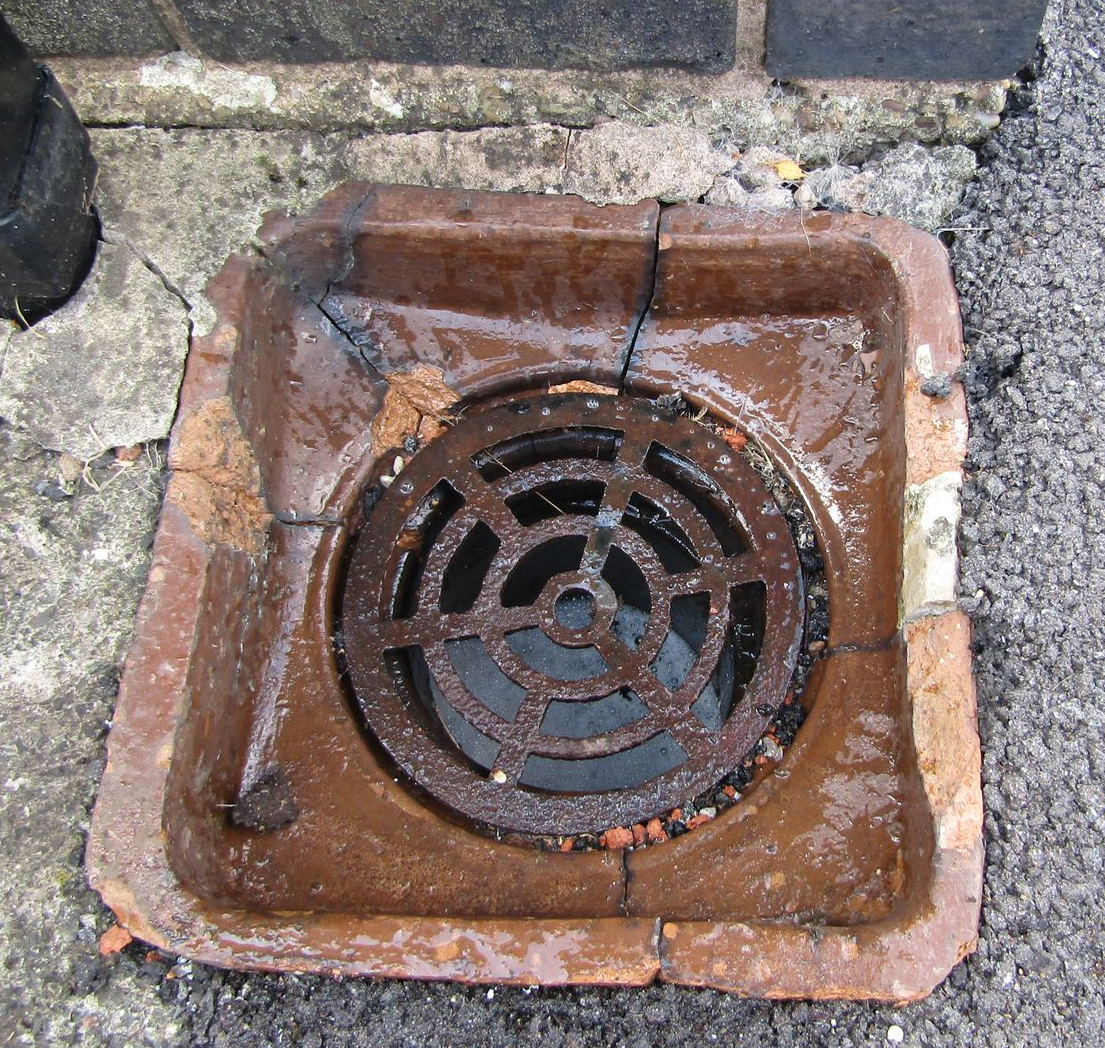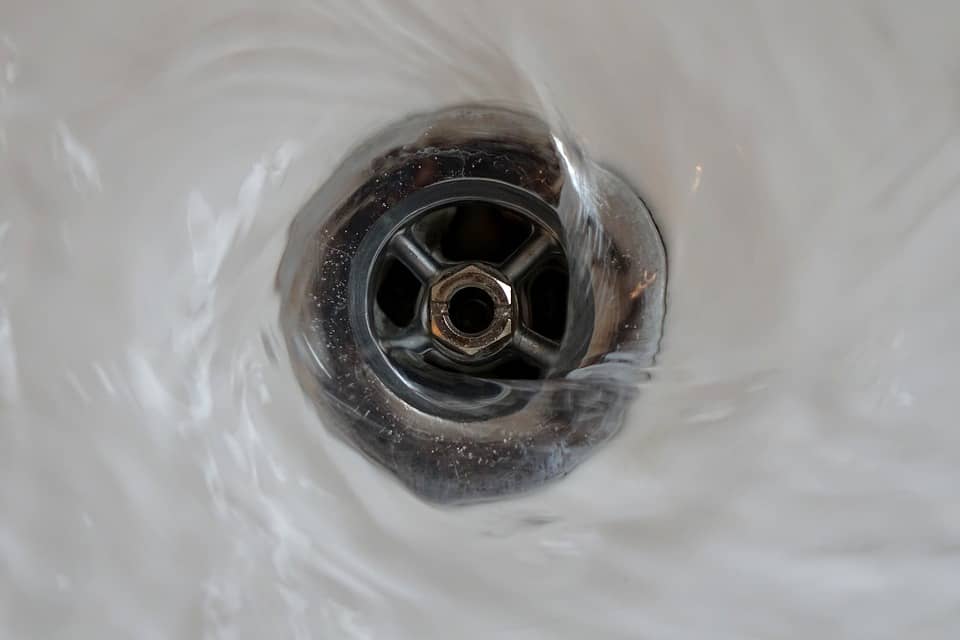Were you on the lookout for ideas on Tips for Dealing with Clogged Drains and Sewer Lines?

Intro
Managing an obstructed drainpipe can be a frustrating experience, interrupting day-to-day activities and possibly causing damages to your residential property. Nevertheless, prior to connecting to pipes specialists, there are actions you can require to deal with the problem yourself. In this guide, we'll explore do it yourself services and preventive measures to take on an obstructed drainpipe properly.
Identifying the Issue
The first step in dealing with a blocked drainpipe is acknowledging the indicators. Slow water drainage, gurgling audios, foul odors rising from drains, or water support up prevail indicators of an obstructed drain. Recognizing these indications early can aid avoid even more issues.
Common Sources Of Obstructed Drainpipes
Recognizing the elements that contribute to drain obstructions is essential for reliable resolution. Usual culprits include hair, soap scum, oil, food particles, and international things like hygienic products or paper towels. Tree origins attacking below ground pipes can likewise cause significant obstructions.
DIY Solutions
For small obstructions, numerous do it yourself remedies can be effective. Pouring boiling thin down the drain can aid dissolve grease and debris. Baking soda and vinegar or a combination of salt and baking soft drink can serve as natural cleansers. Using a plunger or pipes snake to displace obstructions is an additional option.
Devices and Equipment
Having the right devices accessible can make do it yourself drainpipe cleansing much more reliable. A plunger is a versatile tool for getting rid of clogs in sinks, toilets, and showers. A pipes serpent or auger can reach much deeper obstructions, while drainpipe cleansing chemicals can be used meticulously for persistent clogs.
Safety nets
To avoid future blockages, taking on safety nets is vital. Set up drain guards or filters to catch hair and particles before they get in the pipelines. Routinely flush drains pipes with hot water to liquify grease build-up, and stay clear of taking care of oil or solid waste down the tubes.
When to Call an Expert
While DIY services can solve minor clogs, certain signs indicate the demand for expert assistance. Relentless clogs, foul odors regardless of cleansing initiatives, or multiple drains pipes backing up concurrently are red flags that require experienced treatment.
Choosing the Right Pipes Service
When picking a pipes solution, consider elements such as experience, licensing, and client testimonials. Pick a respectable plumbing professional with a performance history of high quality handiwork and clear prices techniques.
Expense Considerations
The expense of specialist drainpipe cleaning services can vary relying on the seriousness of the obstruction and the plumbing technician's rates. Request quotes from numerous service providers and inquire about any kind of additional charges to ensure openness and prevent shocks.
Safety and security Precautions
When attempting DIY drain cleaning, prioritize safety and security. Wear protective handwear covers and glasses to prevent contact with harmful chemicals or bacteria. Never ever mix different drain cleansing items, as this can produce unsafe fumes.
Instance Researches
Real-life instances illustrate the efficiency of DIY remedies and the importance of timely expert treatment in solving drain blockages.
Conclusion
By adhering to the tips described in this overview, you can properly deal with blocked drains pipes and prevent future pipes issues. Whether going with do it yourself options or looking for professional help, punctual activity is key to maintaining a healthy and balanced plumbing system and preserving the stability of your home.
How to Clear a Clogged Drain Yourself (And When to Call In the Professionals)
What Can Clog a Drain
Dirt Skin flakes Hair Grease Soap scum Food Offset pipes Tree roots Small objects Mineral buildup DIY Tricks to Unclog a Drain
You can fix this! Once you have identified the source of the clog (or have a vague idea), you can try one or a combination of these fixes in order to clear your plumbing.
Wire Hanger or Snake
Untangle and clear out hair from a drainpipe with a homemade snake. Use a straightened-out wire hanger with a 90-degree angle hook to locate the clog and drag out any unwanted material.
Remember not to push the clog further down to where the wire hanger cannot reach! If you need to follow up with a plunger, give it a try. Your efforts might be more successful after it’s been wire-snaked.
If you want to get fancy and don’t have a wire hanger to spare, head to the store and pick up a hand-operated drain snake. You can get one for $10-$30. It may save you the hassle, and provide additional length to reach deep into the clogged pipe.
Plunger
A cup plunger has a suction cup attached to a wooden handle. The rubber creates a seal around the drain, and increases the pressure force of the plunger.
Plunge for 30-second increments to loosen the clog. This may need to be repeated over the course of 15-20 minutes. Once plunged, run the water to flush the remaining material out of the drain.
Remember– never use a plunger if you have used a chemical drain cleaner. These chemicals can splash up from the force of the plunger and cause serious injury or burns.
Boiling Water
Hot water can sometimes break up materials into a flushable amount. Dirt, grease, and soap buildup requires heat in order to unstick from surfaces.
Take your kitchen kettle and heat your water to a boil. Once it reaches a rolling boil, pour it directly down the drain into the blockage. Carefully follow with plunging, if necessary.
Don’t worry if this takes more than one try! It can often take multiple kettles and repeated plunging in order to clear a particularly stubborn clog.
Chemical Drain Cleaner
As a last resort, pick up a bottle of chemical drain cleaner. Drain-cleaning chemicals are potent, and not very good for the environment.
You may need to wear protective eyewear in gloves before handling your bottle of chemical drain cleaner. Follow the instructions printed on the bottle, and flush with water as soon as the instructions allow. Do not follow with plunging.
Baking Soda and Vinegar
As a safer alternative to chemical drain cleaner, baking soda and vinegar can create a chemical reaction that clears tough clogs.
Combine one cup of cleaning vinegar with one cup of boiling water, and set aside. Once you have done this, pour half a cup of baking soda down the drain. Give the baking thirty seconds to settle and cover a large portion of the problem drain.
Following the baking soda, pour down your vinegar and hot water solution. Once the vinegar and baking soda combine, the mixture will bubble and fix. Let this reaction fizzle in the drain for about an hour.
After an hour, follow with a kettle’s worth of hot water. The heat and liquid should flush out any remaining material.
When to Call a Plumber
If your DIY attempts haven’t cleared your clog drain, it’s time to call in a professional. It’s not worth losing access to your kitchen sink or high-traffic bathroom. A clog in a vital area can keep you from the things you’d rather be doing, and derail your routine.
Anytime a clog is causing water to spread is a time to call in a plumbing service. What starts out as a little bit of water can quickly grow into serious, expensive water damage.
Additionally, a serious clog can result in burst pipes or serious leaks. Make sure you know when to take it seriously!
https://myguysnow.com/how-to-clear-a-clogged-drain-yourself-and-when-to-call-in-the-professionals/

Do you like reading up on Some easy tips to fix blocked drains? Leave a remark directly below. We would be pleased to find out your suggestions about this article. We hope that you come back again in the near future. Be sure to take the time to promote this blog posting if you liked it. Many thanks for your time spent reading it.
Call Today